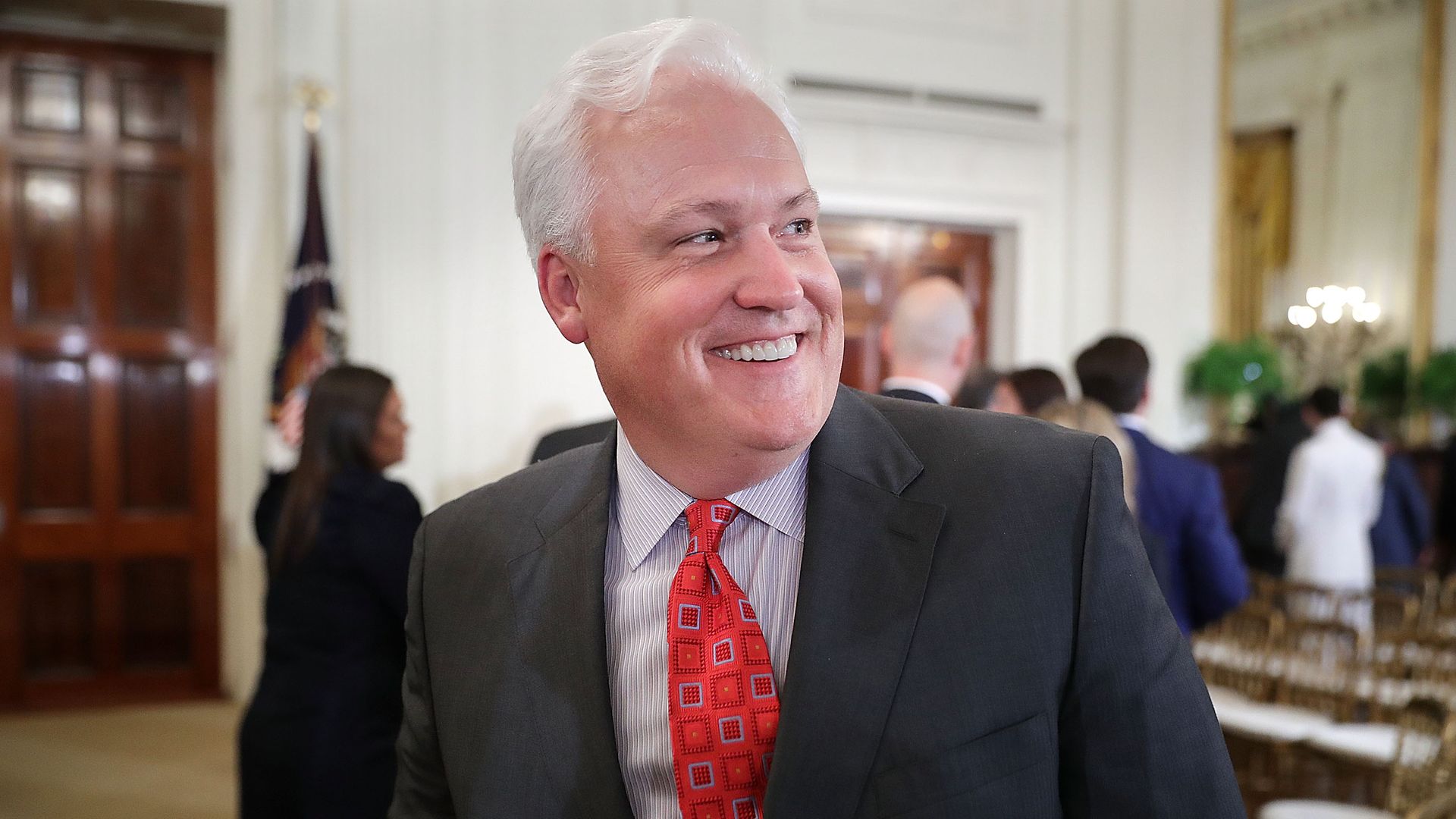Tradesmen work for free to complete work for Maidstone family targeted by alleged cowboy builders
22 January 2021
A group of kind-hearted tradesmen have come to the rescue of a family targeted by cowboy builders.
The victims of the alleged rip-off - a Maidstone family who do not wish to be identified - were left with nothing more than a half-finished extension and a pile of fly-tipped rubbish when the suspected rogue traders reportedly made off with £20,000.

So when roofer Ian Clarke heard about their plight when he visited the property to do a smaller job, he quickly rallied a band of fellow construction pros who offered to complete the job free of charge.
"The builder had taken deposits for everything and just disappeared," Mr Clarke, who owns ICC Roofing in the county town, said.
"There was not much I knew about what needed to be done, so I went home and put a post on my Facebook to see if anyone could help.
"By the next morning friends were calling up from every trade. They all phoned up and said 'give me the address and we will go and do it for free'."
The family had sought quotes online for the extension to the property to add space to accommodate their adult disabled son who is autistic and has increasing difficulty with mobility.
When they were approached by the builder, who is alleged to have later disappeared with their cash, he told them he also had a disabled family member, a line which the victims believe he spun to win them over to giving him the job.
The father who agreed to give them the work says he was left in ill health through the stress of the ordeal - but the response by Ian and his fellow tradesmen has given the family a huge lift.
He said: "We did not ask Ian or anyone else for help and we tried to say no when they said they were going to work for free, I have tried to pay for materials but no one will accept any money from myself.
"We were in a very low place last year with Covid and then being ripped off, they literally destroyed our home and then refused to put any of the mess right.
"Everything they did was wrong and left in a dangerous state.
"They refused to refund any of the money or provide proof of ordering any of the materials and glazing they charged us for, they left our garden inaccessible for our disabled son and dumped the contents of their lorry onto our front lawn, this was the rubbish from previous jobs."
Now thanks to the kindness of strangers, work on the extension is almost complete.
A Go Fund Me page has been set up to raise funds to cover the work, with almost £1,500 donated so far, and anything left over will be put towards fitting a downstairs wet room for their son who has difficulty using the upstairs bathroom.
The firm which carried out the initial work and took payment from the family has been reported to Kent Police and Trading Standards.
Officers investigating the alleged fraud today arrested a 40-year-old man from Folkestone who was later released pending further investigation.

